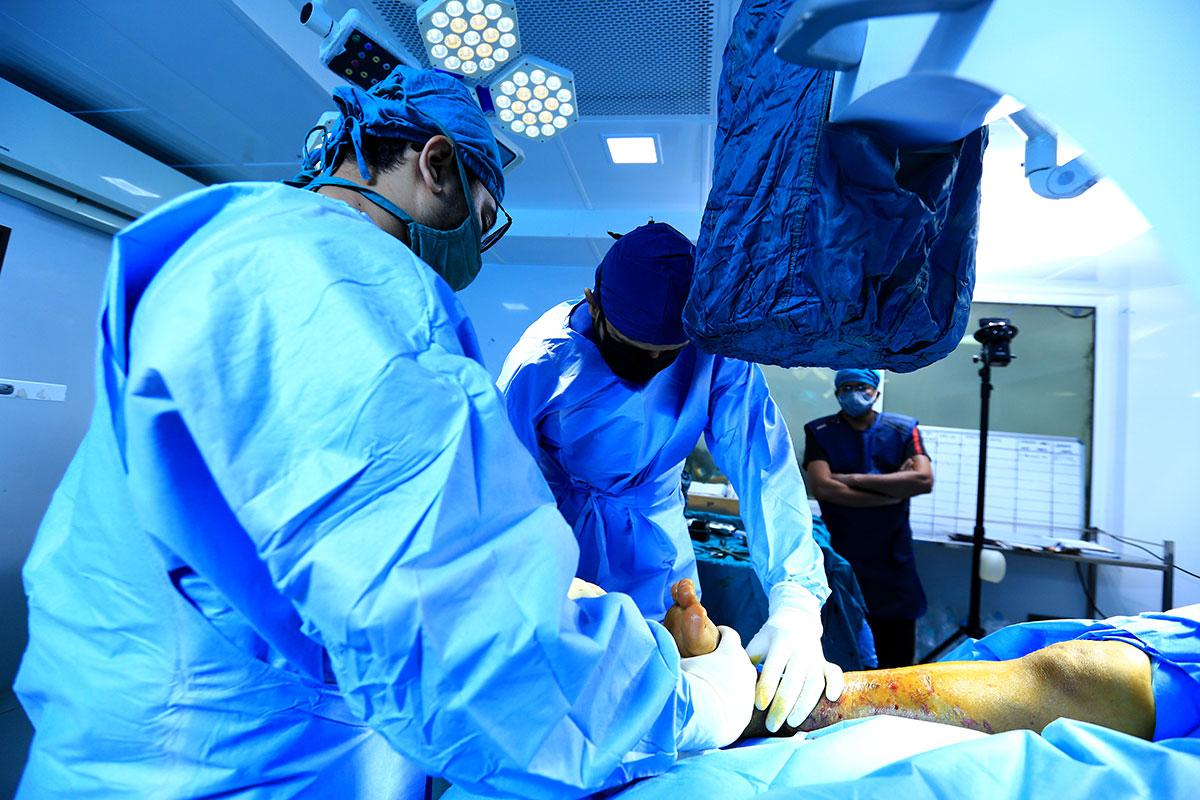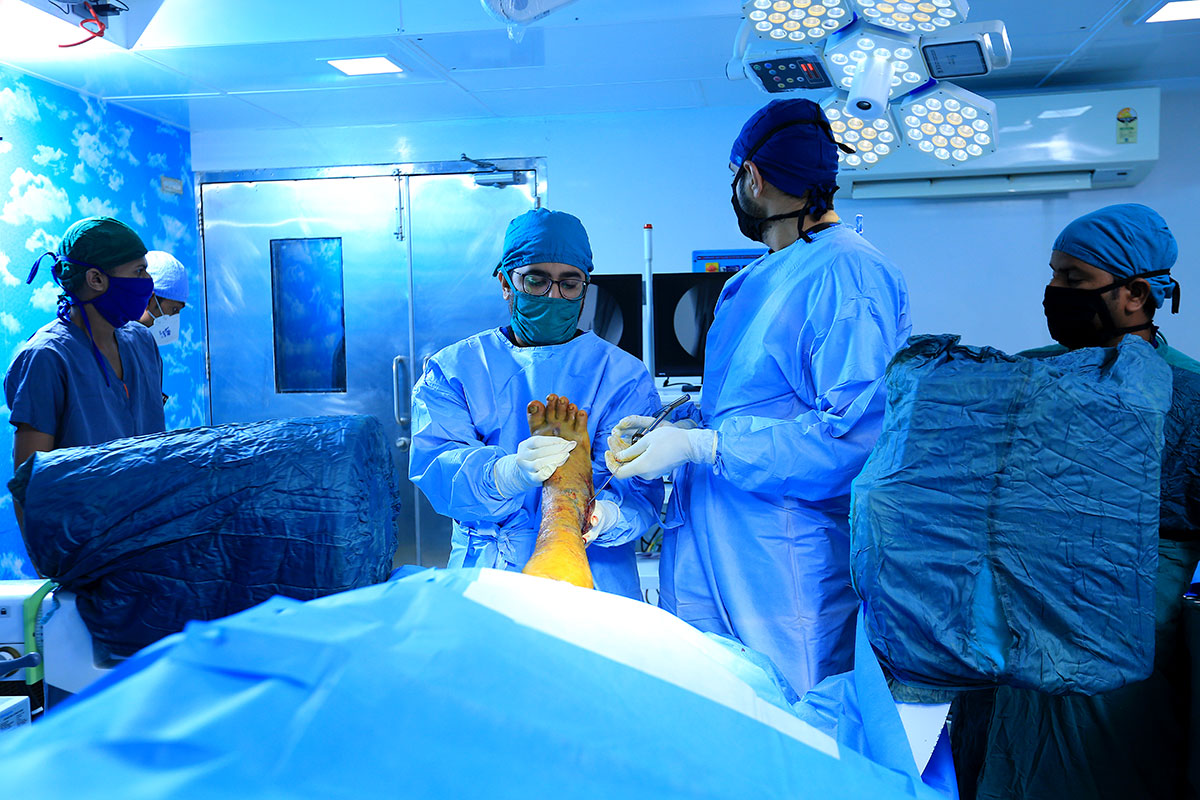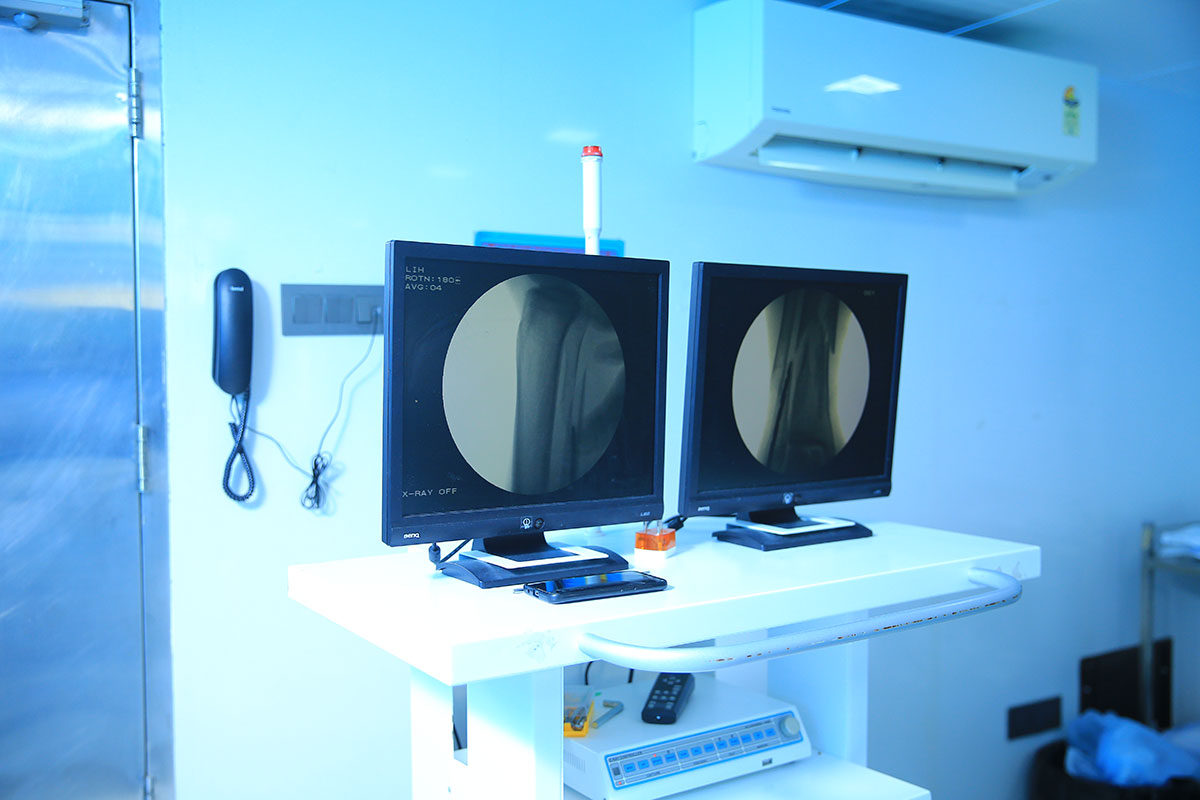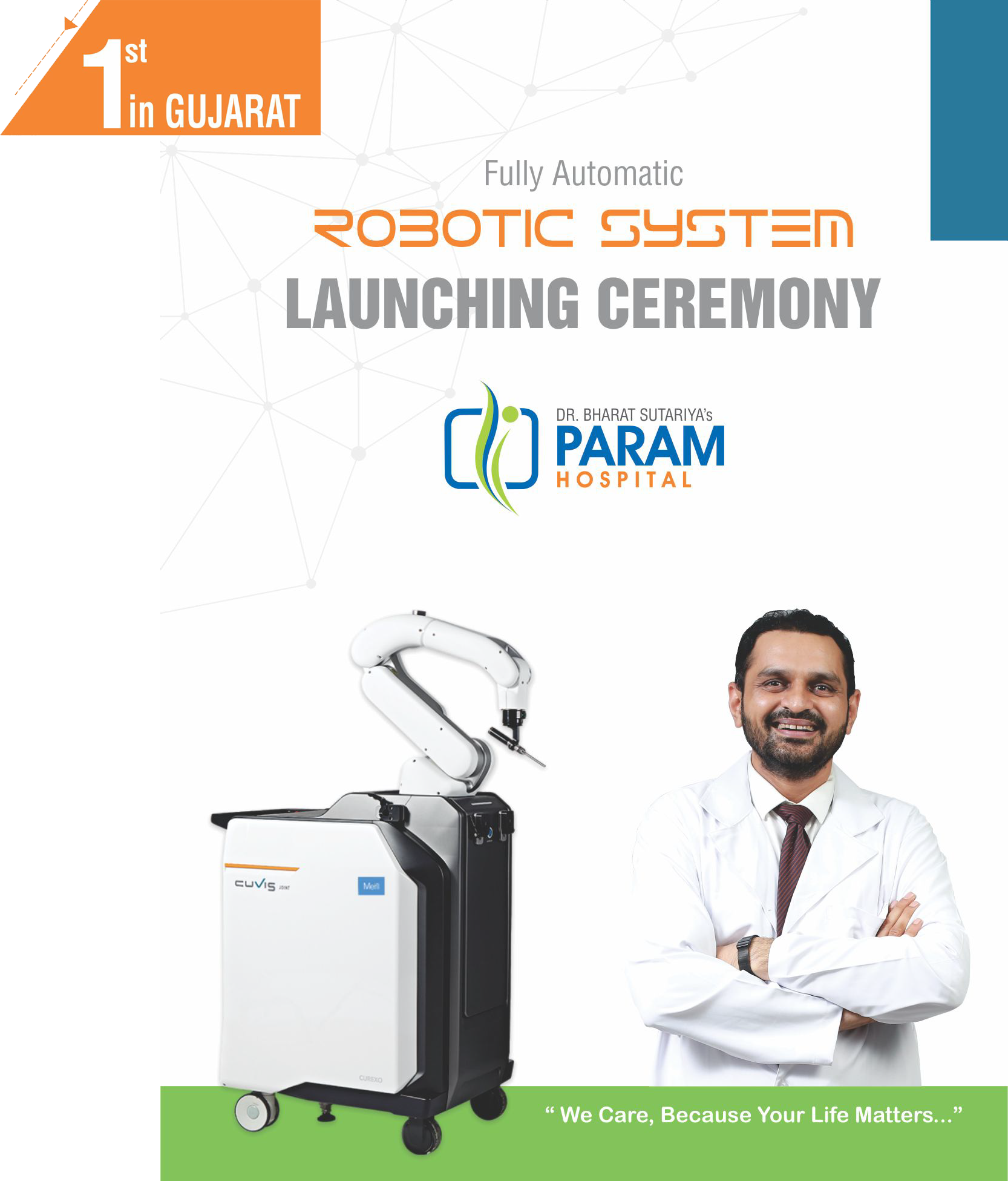Trauma and orthopaedic surgeons diagnose and treat a wide range of conditions of the musculoskeletal system. This includes bones and joints and their associated structures that enable movement - ligaments, tendons, muscles and nerves. Trauma and orthopaedic surgery is often abbreviated to T&O surgery.
Common procedures/interventions
- Joint Arthroscopy – a thin telescope with a light (arthroscope) is inserted into joints via a small incision to investigate joint problems. This is most commonly in the knee but other joints can also be investigated in this way. The arthroscope can be used to look for signs of arthritis and show possible damage to cartilage or ligaments. Minimally invasive surgery can be performed to repair damaged tissue by removing floating cartilage, torn ligaments or tissue around the joint that has become inflammed.
- Bone Fracture Fixation – surgery to stabilize broken bone using metal screws, pins, rods or plates to hold the bone in place. Many different techniques are used depending on the location, severity and type of fracture to ensure that the bones are stable, heal correctly and maintain function. A bone graft may be used where the bone has been shattered.
- Arthroplasty – the replacement of whole joints following damage due to osteoarthritis or rheumatoid arthritis. Knee and hip replacements are the most common operations. Newer techniques such as partial knee resurfacing are being used for patients in the early stages of osteoarthritis.
- Muscle or Tendon Repairs – Any soft tissue injuries following trauma, industrial injuries or chronic degenerative injuries can be repaired or removed depending on its severity & function.
- Corrective Surgery - These procedures correct problems of anatomical alignment which limit function and could cause long-term problems if left untreated. This surgery is often carried out on babies and children for congenital deformities.
T&O surgeons have the opportunity to use the latest surgical technologies including minimally invasive techniques. Another new development is computer aided navigation during surgery which enables 3D mapping of a joint. This gives the surgeon a greater degree of accuracy when making incisions.





